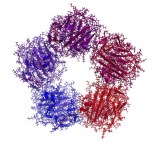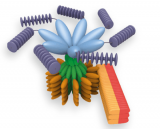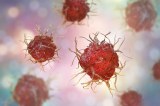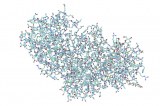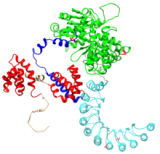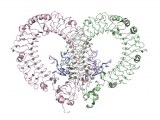Innate immunity
Innate immunity consist in non specific several defense systems and represents the first barrier, always active and without immunological memory.
Cells with this immune function rapidly fight pathogen invasion by destroying these pathogens through phagocytosis phenomenon. This phagocytosis involves many receptors that belong the "Pattern Recognition Receptors" (PRR) family such as Toll-like, Nod, scavengers, complement receptors, and lectines.
These receptors specifically recognize molecules with highly conserved structural motifs called "Pathogen-Associated Molecular Patterns" (PAMP) such as LPSpeptidoglycans and lipoteichoic acid (from Gram-positive bacteria), mannose, viral double strand RNA, CpG motif from bacterial DNA, flagelin, pilin and lipoproteins.
Immune cells involved in innate immunity are :
Cells with this immune function rapidly fight pathogen invasion by destroying these pathogens through phagocytosis phenomenon. This phagocytosis involves many receptors that belong the "Pattern Recognition Receptors" (PRR) family such as Toll-like, Nod, scavengers, complement receptors, and lectines.
These receptors specifically recognize molecules with highly conserved structural motifs called "Pathogen-Associated Molecular Patterns" (PAMP) such as LPSpeptidoglycans and lipoteichoic acid (from Gram-positive bacteria), mannose, viral double strand RNA, CpG motif from bacterial DNA, flagelin, pilin and lipoproteins.
Immune cells involved in innate immunity are :
- Phagocytary cells, whose the 2 most important populations are monocytes and neutrophils,
- Inflammatory mediators secreting cells such as basophils, eosinophils and mastocytes.
- plasmatic factors from acute phase such as C-reactive proteins, collectines (including Mannose-Binding protein) and ficolins,
- complement system proteins and
- pro-inflammatory cytokines.


